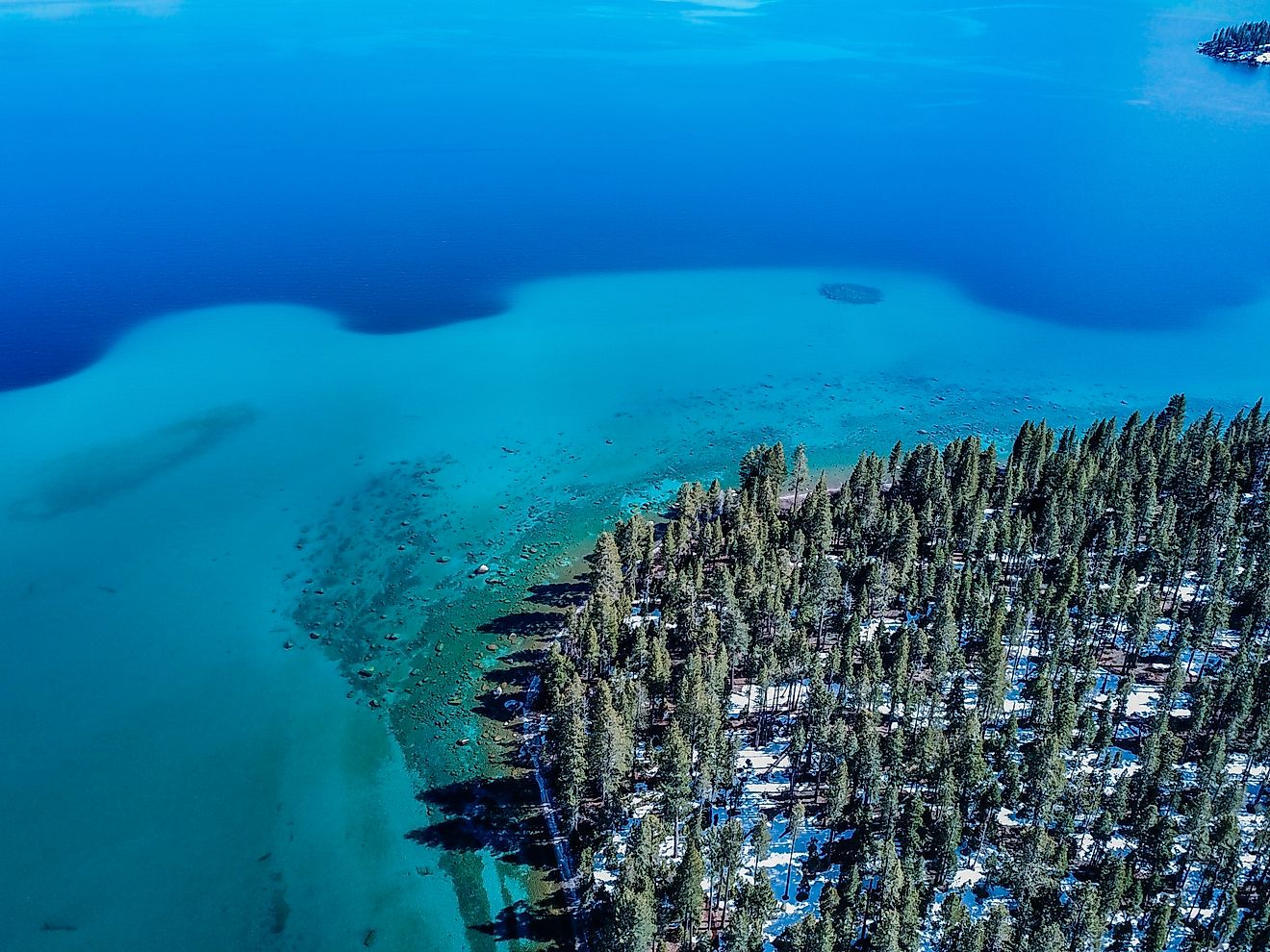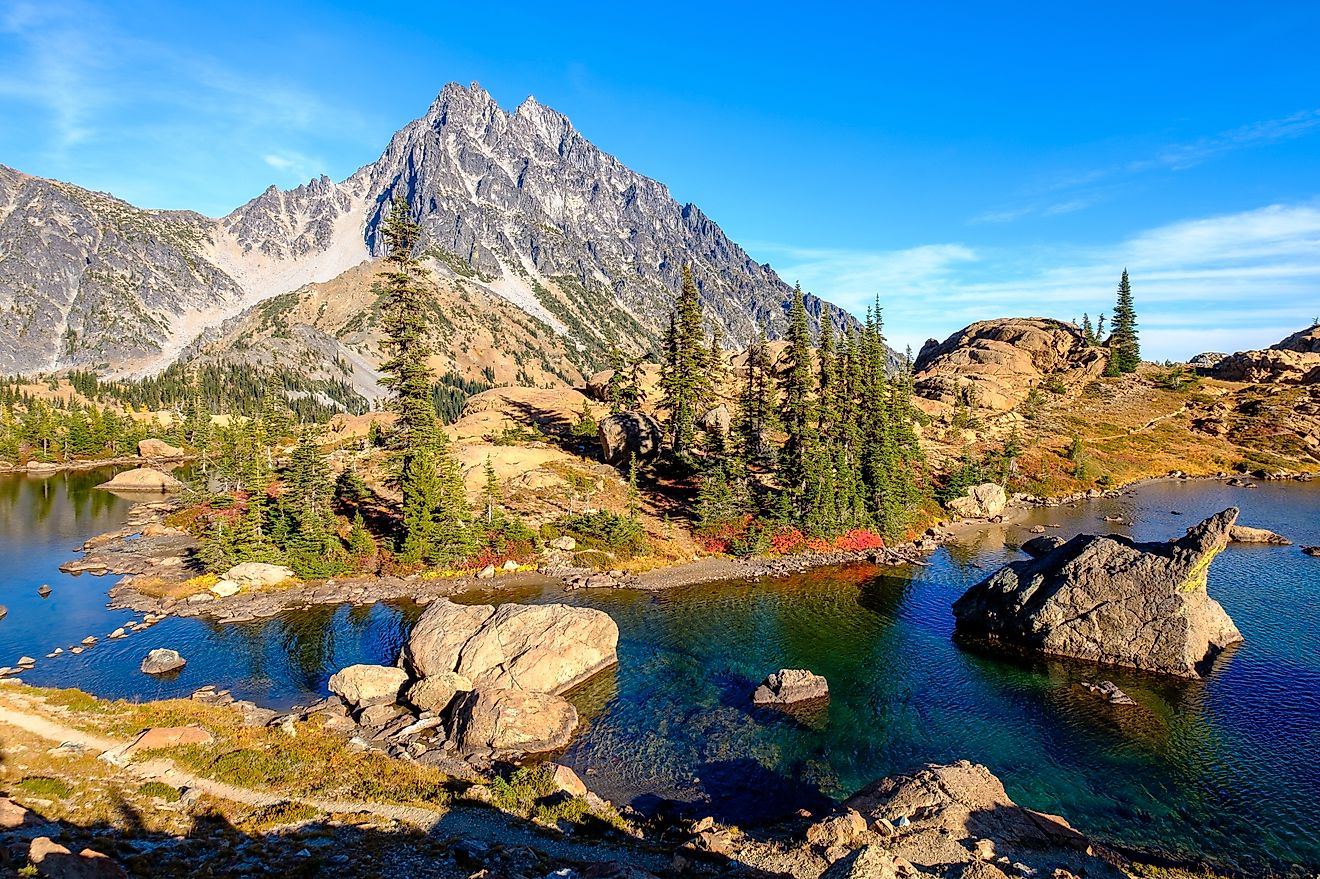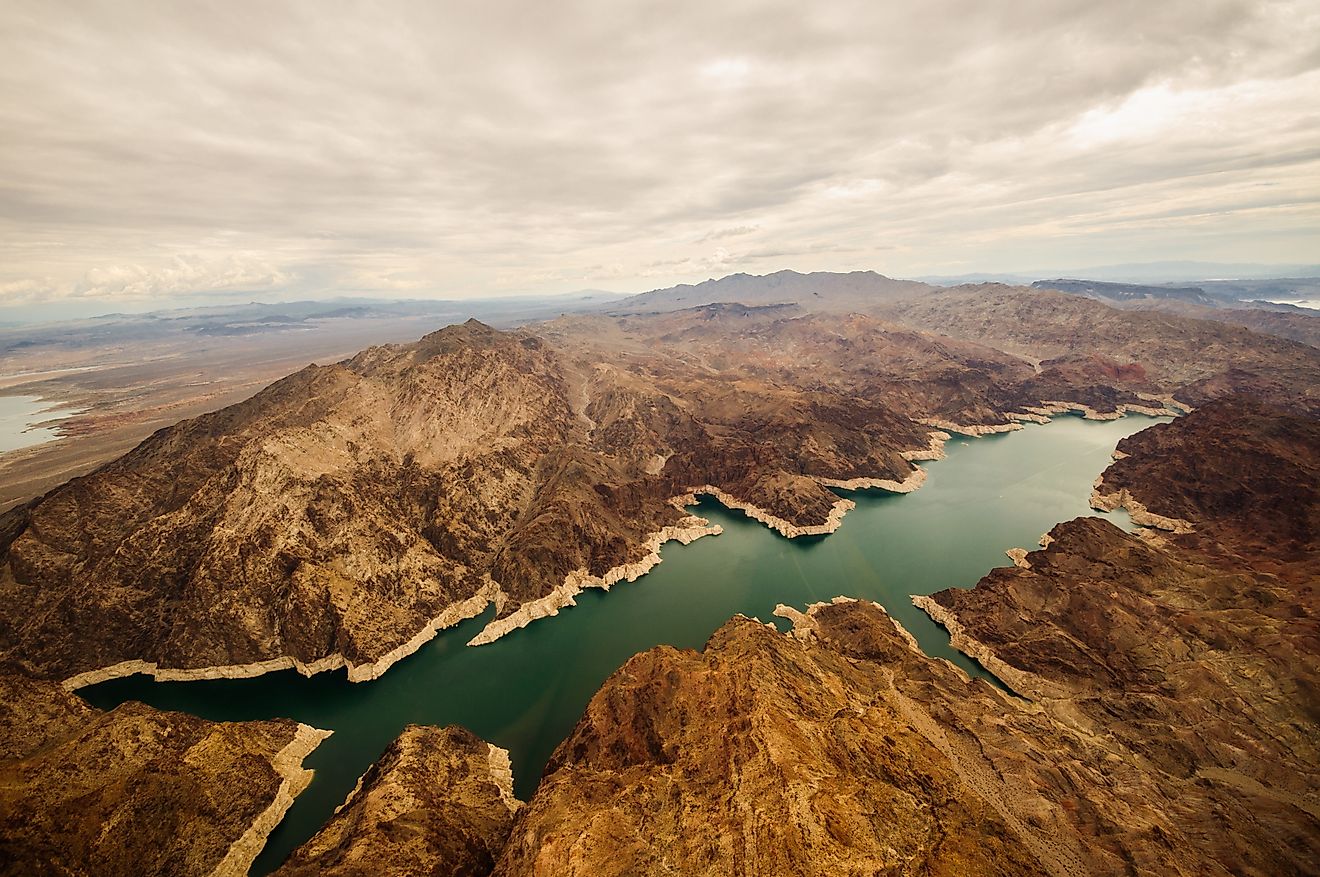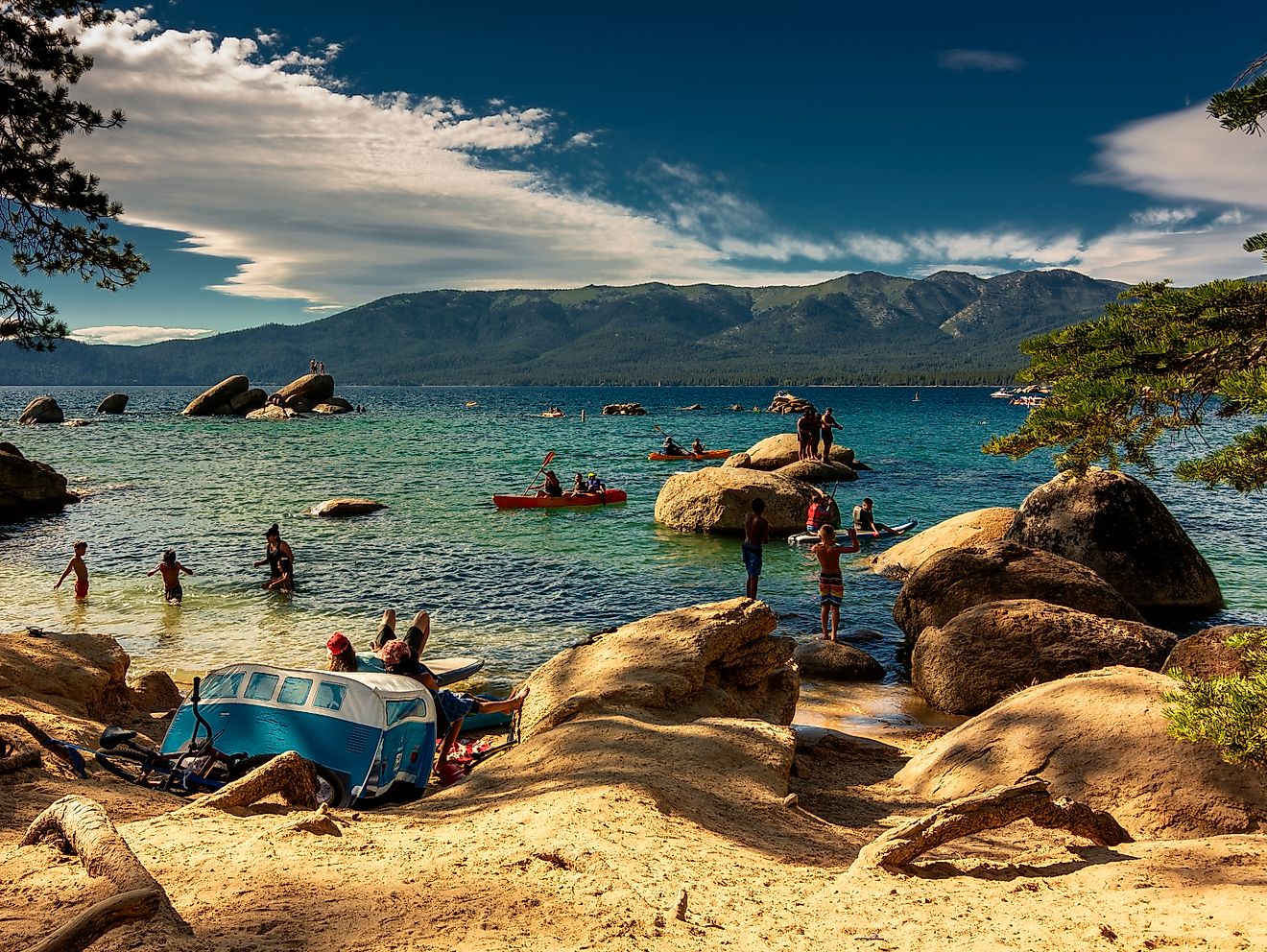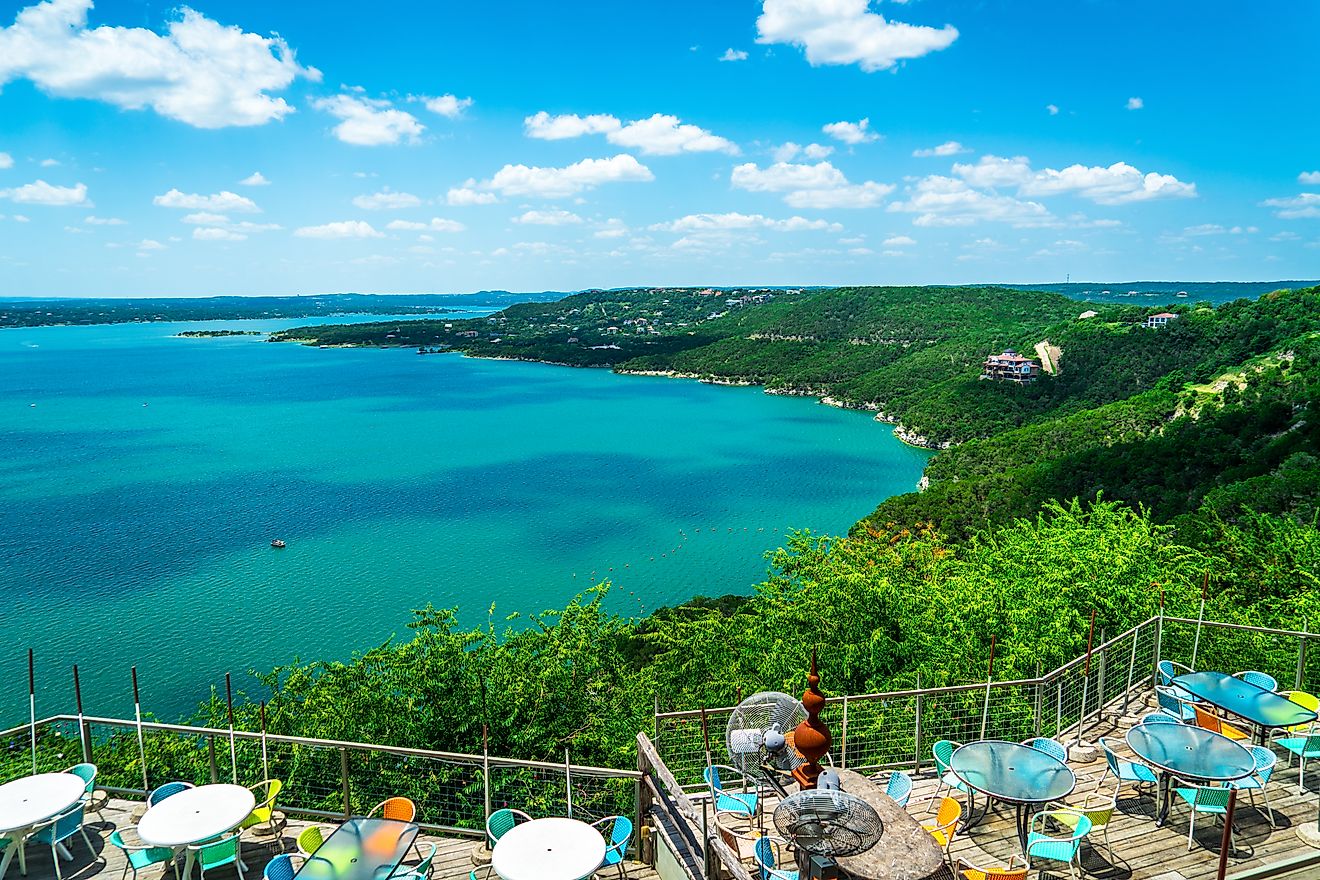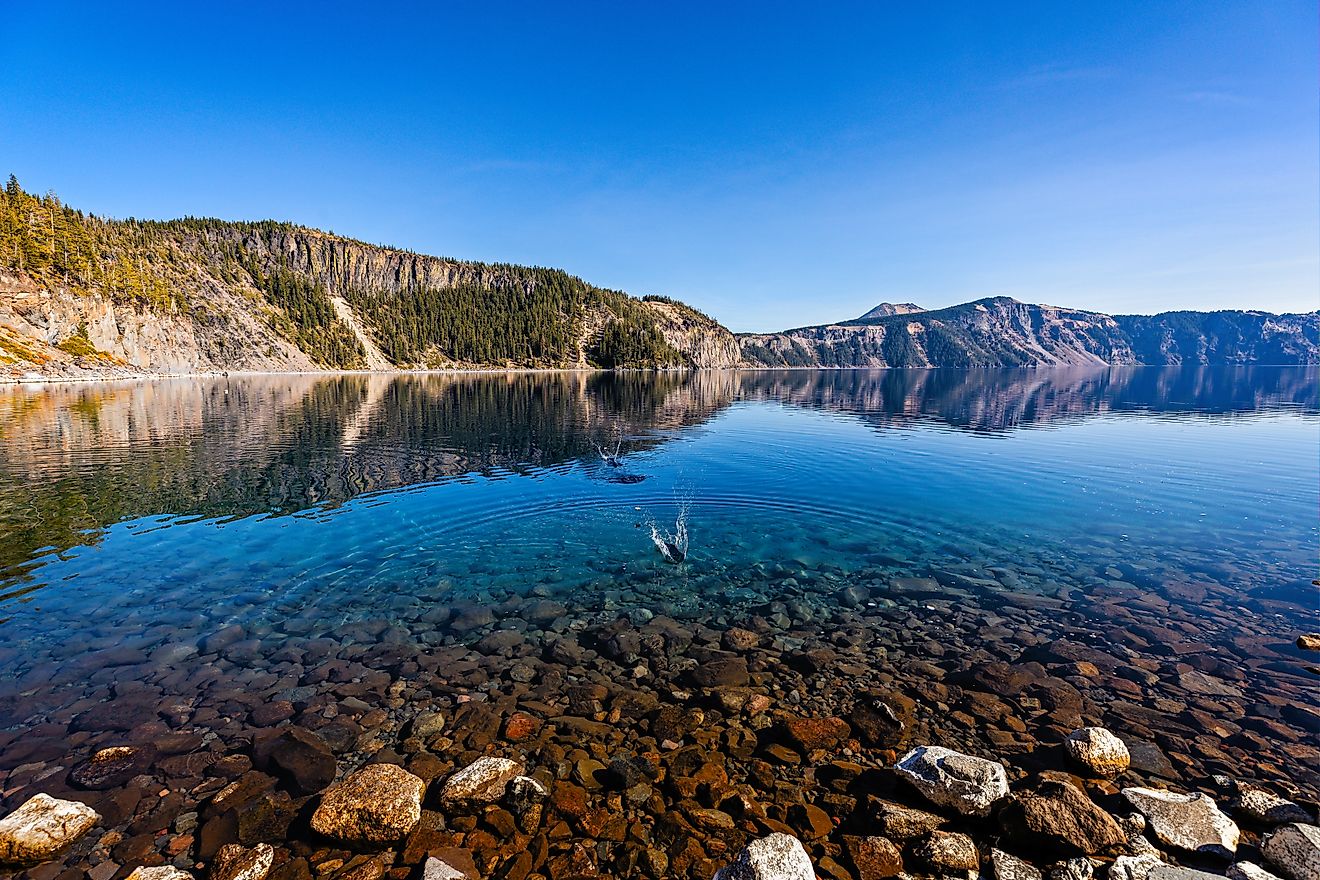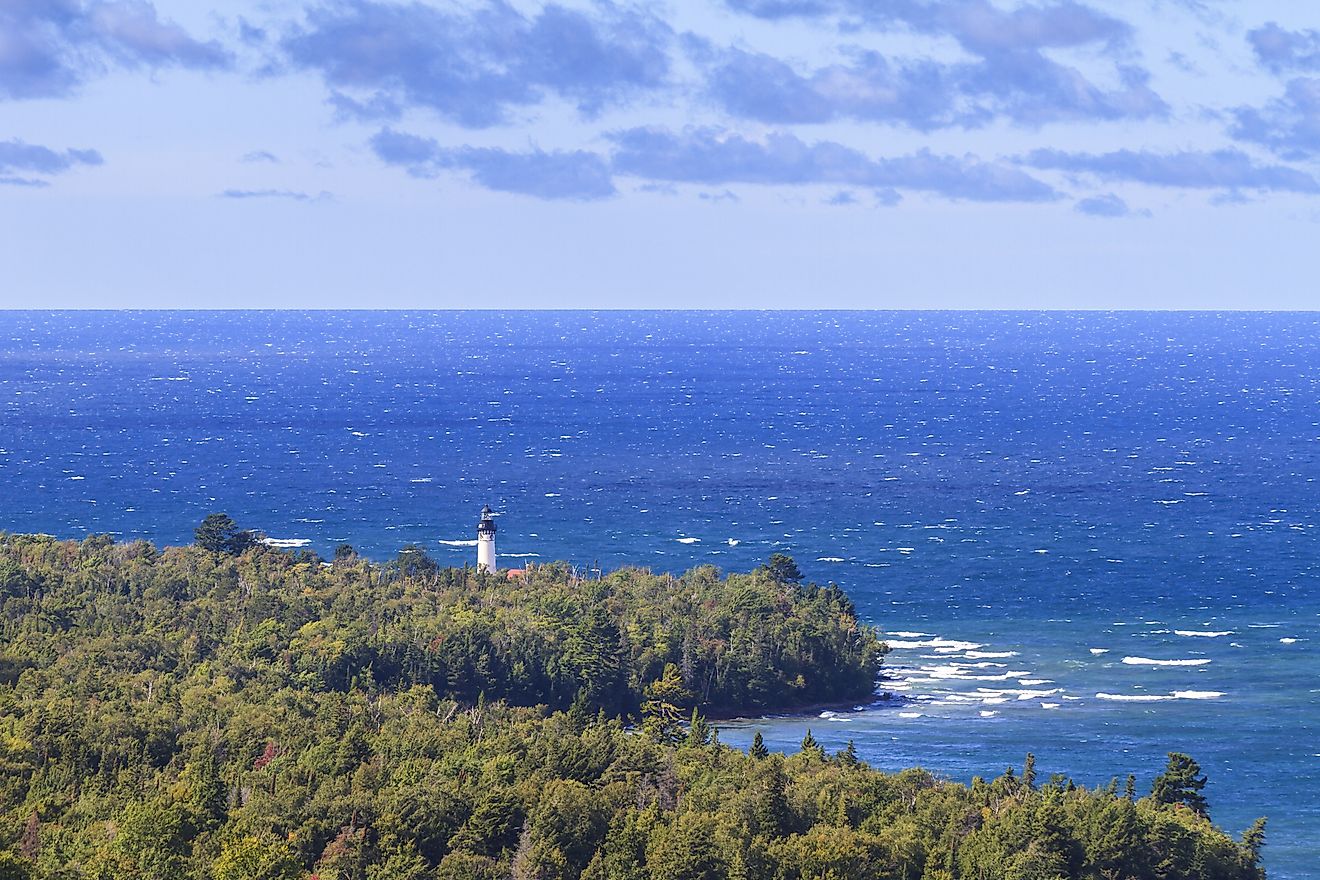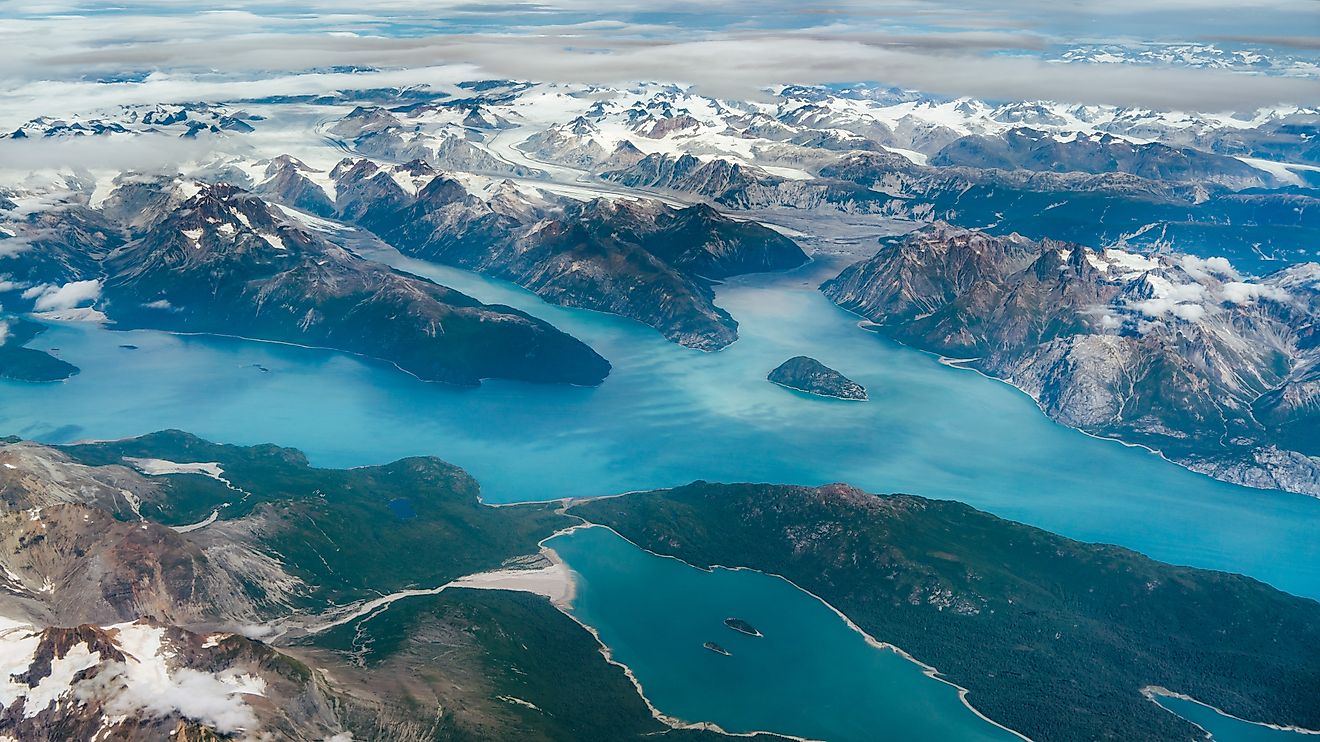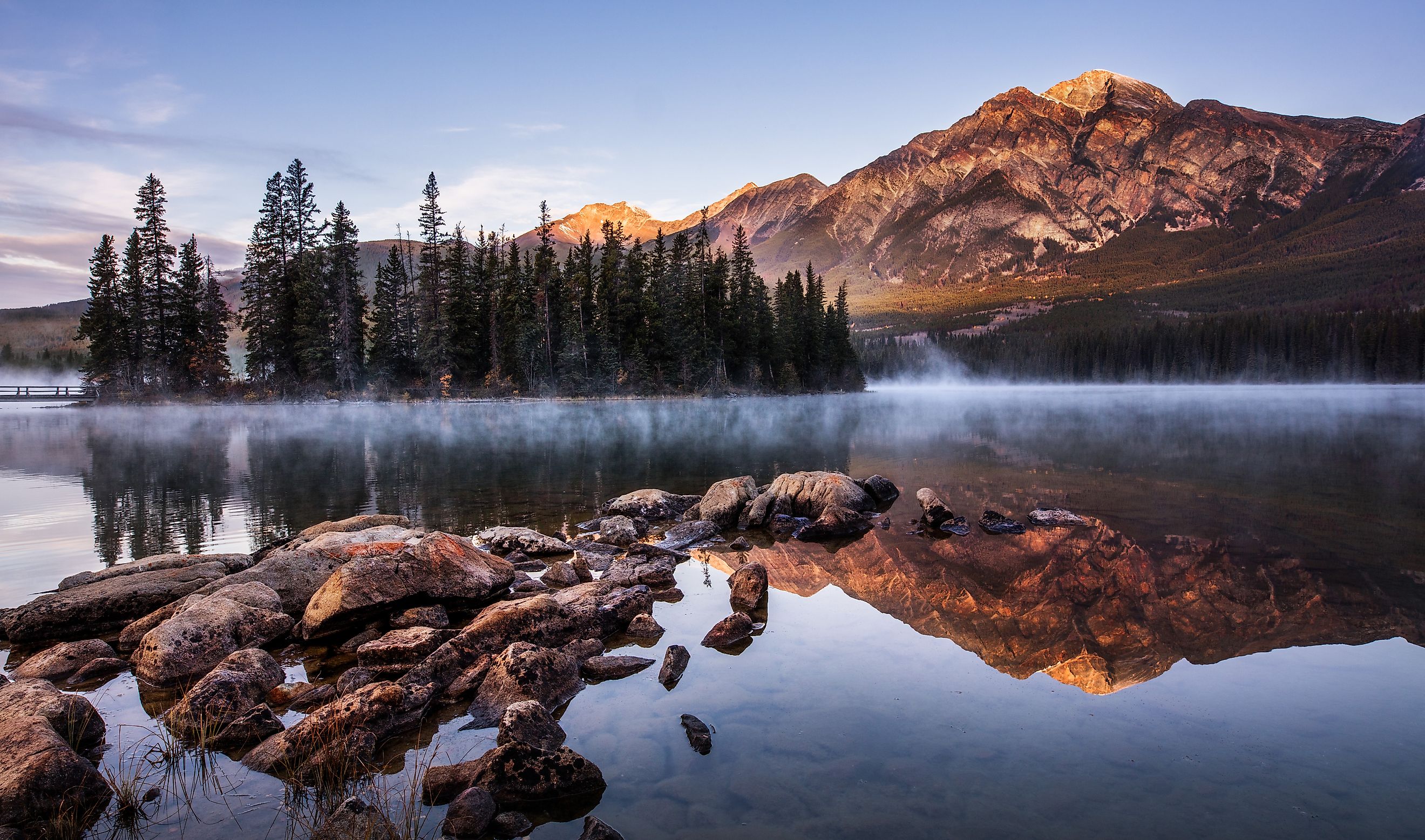
The Oldest Lakes in The US
Some lakes shimmer with beauty. Others dazzle with size. But a rare few hold stories that stretch back through millennia. These are the oldest lakes in the United States—ancient bodies of water that have quietly endured dramatic shifts in climate, geology, and ecology. Formed long before the founding of cities or the carving of national parks, these lakes are true relics of natural history.
From the arid stretches of Nevada to the rugged volcanic plateaus of Oregon, these lakes are not just geographic features. They’re time capsules. Explore five of the oldest lakes in the US, spotlighting their age, location, and why they matter today.
Clear Lake, California
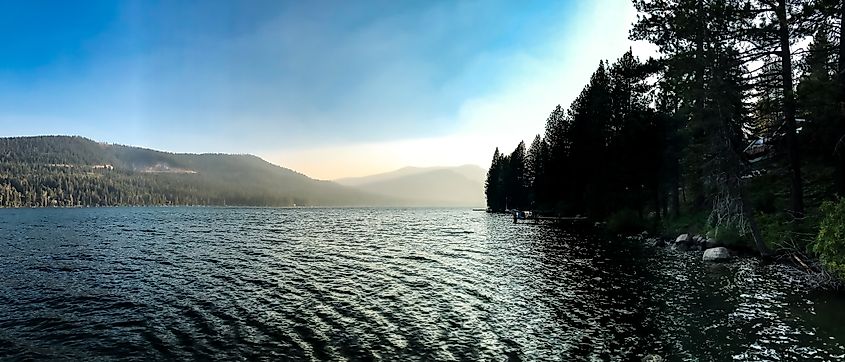
-
Estimated Age: 2.5 million years
-
Location: Northern California, about 100 miles north of San Francisco
-
Best For: Fishing, bird watching, wine tasting
Clear Lake is widely regarded as the oldest lake in North America, with a geological history stretching back an estimated 2.5 million years. Tucked into the Coast Range of Northern California, this lake has persisted through multiple ice ages, tectonic upheavals, and even volcanic eruptions—including the formation of nearby Mount Konocti.
Its longevity is largely due to its unique geologic setting. Unlike many lakes that dry up or are filled in over time by sediment, Clear Lake sits atop a slowly shifting fault zone that helps maintain its depression, allowing water to collect over millions of years.
Today, Clear Lake is a hub for fishing, boating, and wine tourism. But beneath its surface lies a rich sediment record that has been mined by scientists for clues about California’s ancient climate, vegetation, and even wildfire history. The lake is also home to a high level of biodiversity, with dozens of fish species and a vibrant population of migratory birds.
Did You Know? Clear Lake's sediment cores have helped researchers reconstruct 130,000 years of continuous climate history.
Lake Tahoe, California/Nevada
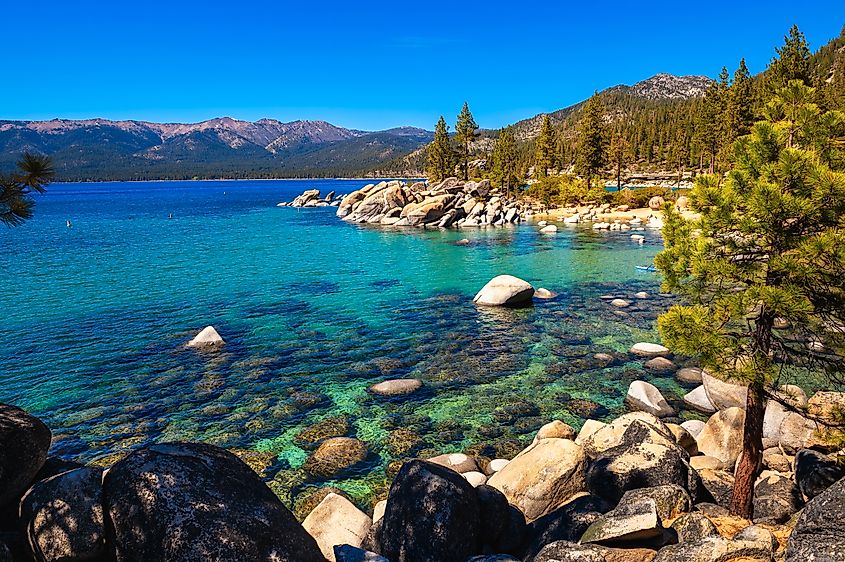
-
Estimated Age: 2 to 3 million years
-
Location: Border of California and Nevada
- Best For: Year-round recreation, from skiing to boating
Famous for its jewel-toned water and towering mountain backdrop, Lake Tahoe is not only one of the most iconic lakes in the US, but also one of the oldest. Formed roughly 2 to 3 million years ago due to faulting and volcanic activity, Tahoe is a tectonic lake that has aged with remarkable stability.
Despite its age, Lake Tahoe remains crystal clear, with visibility often exceeding 70 feet. The reason? A combination of natural filtration from granite soils and limited inflow of sediment-heavy rivers.
While Tahoe is known for its ski resorts, hiking trails, and summer recreation, its ancient origin offers an important contrast to its present-day popularity. It’s not just a playground—it’s a window into long-term environmental resilience and geologic activity along the Sierra Nevada fault zone.
Geological Note: Much of Lake Tahoe's depth (up to 1,645 feet) was carved by fault movement rather than glacial erosion.
Lake Pend Oreille, Idaho
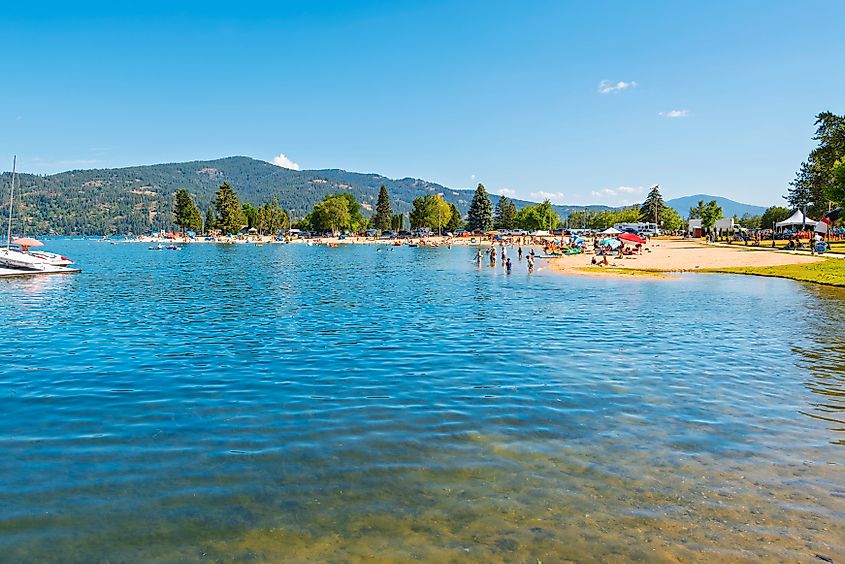
-
Estimated Age: 12,000 to 17,000 years
-
Location: Northern Idaho, near the town of Sandpoint
-
Best For: Scenic boat tours, deep lake fishing, wildlife viewing, and understanding Ice Age geology
Lake Pend Oreille may not be as old as some of its ancient counterparts, but its geologic story is equally dramatic. Formed during the last Ice Age, this massive lake in northern Idaho was carved by glaciers pushing down from Canada and further sculpted by a series of cataclysmic ice age floods—some of the largest in Earth’s history. These powerful forces gave birth to the state’s largest and deepest lake, plunging to depths of over 1,100 feet.
Today, Lake Pend Oreille is a beloved spot for boating, fishing, and wildlife viewing, but it’s also a place of hidden scientific value. Its glacial and flood-formed basin holds clues to Earth’s climatic past and ongoing geological evolution.
Crater Lake, Oregon
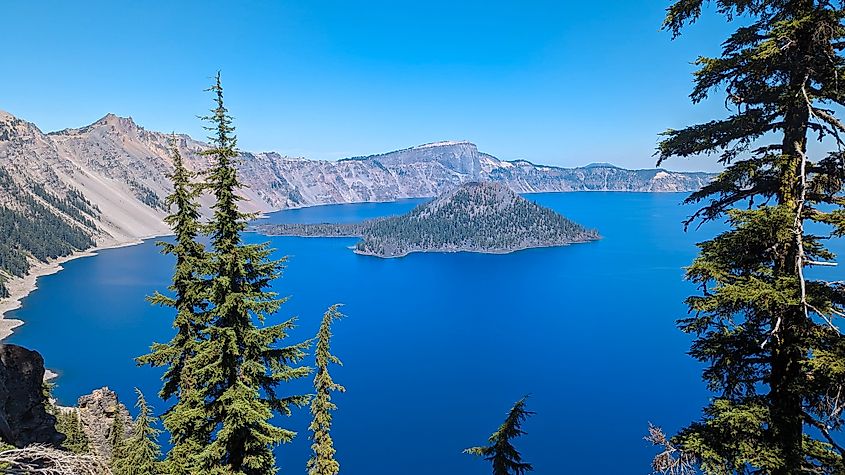
-
Estimated Age: 7,700 years (but with older volcanic roots)
-
Location: Southern Oregon, within Crater Lake National Park
- Best For: Sightseeing, photography, ranger-led tours
While Crater Lake is significantly younger than others on this list in terms of water-filled basin age—just about 7,700 years—it’s worth including because of its unique volcanic ancestry. The lake formed when Mount Mazama, a massive stratovolcano, collapsed following a cataclysmic eruption around 5700 BCE.
What makes Crater Lake stand out is not just its origin but its depth and clarity. It is the deepest lake in the United States, plunging to 1,943 feet, and has no inlets or outlets, making its water some of the cleanest and clearest on Earth.
Though young in its current form, Crater Lake occupies a volcanic landscape that has evolved over millions of years. The region around Mount Mazama was active for hundreds of thousands of years before the final eruption.
Ecological Note: With no rivers flowing into it, Crater Lake is fed solely by snow and rain, helping it remain remarkably pure.
Pyramid Lake, Nevada
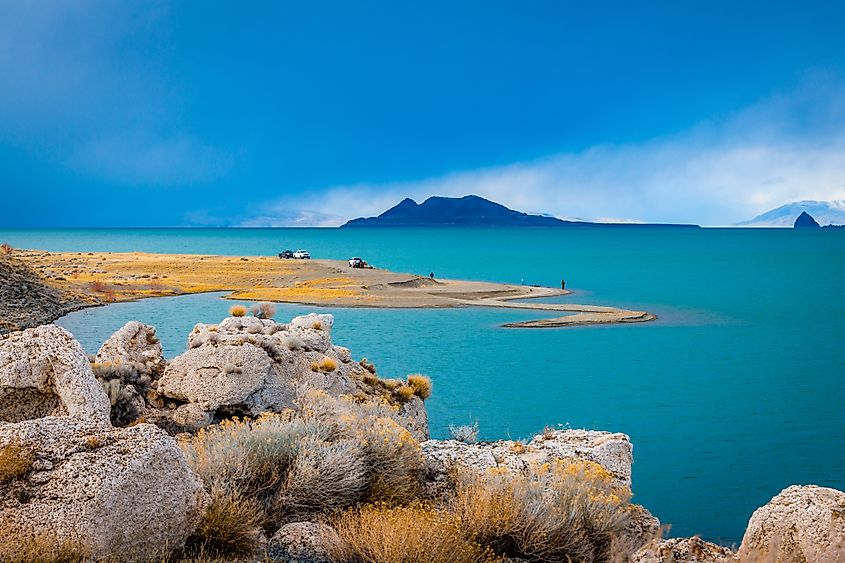
-
Estimated Age: Over 2 million years (as part of ancient Lake Lahontan)
-
Location: Northwestern Nevada, northeast of Reno
- Best For: Stargazing, fishing, photography
Pyramid Lake is what remains of Lake Lahontan, a vast inland sea that once covered much of Nevada during the last Ice Age. While Lake Lahontan is long gone, its vestiges—including Pyramid Lake—are geologic survivors of an ancient past.
With an age exceeding 2 million years as part of the Lahontan Basin, Pyramid Lake is considered one of the oldest lakes in North America. It has no outlet, which causes minerals and salts to accumulate, creating a saline environment that supports only a few specialized fish species—most notably the endangered Lahontan cutthroat trout.
The lake gets its name from the pyramid-shaped tufa formations along its shoreline—limestone structures formed by calcium carbonate deposits. Beyond its geological interest, Pyramid Lake is sacred to the Pyramid Lake Paiute Tribe, who maintain stewardship over the land and water.
Cultural Importance: Pyramid Lake plays a central role in tribal history and cosmology for the Paiute people.
Why America’s Oldest Lakes Still Matter Today
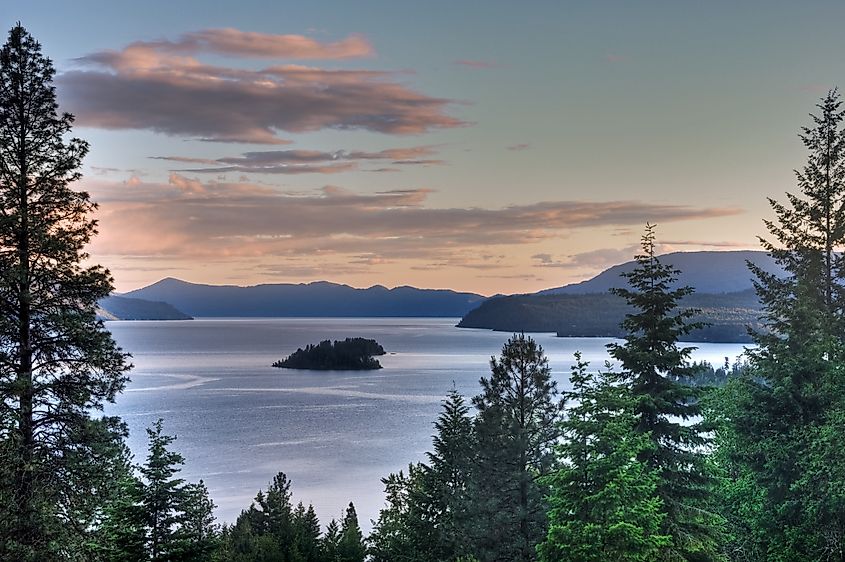
These ancient lakes aren’t just stunning—they’re survivors. Formed hundreds of thousands to millions of years ago, they’ve quietly recorded Earth’s history beneath their surfaces. Layers of sediment tell stories of ice ages, volcanoes, extinct species, and early human life.
But their future isn’t guaranteed. Modern threats like climate change, pollution, and overuse put pressure on ecosystems that have endured for millennia. Clear Lake now faces harmful algal blooms; Crater Lake’s famous clarity is starting to fade.
Protecting these waters means preserving a living timeline of our planet. Their resilience is a reminder that some things can last—if we take care of them.
